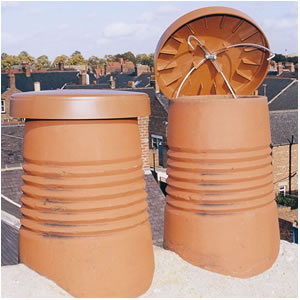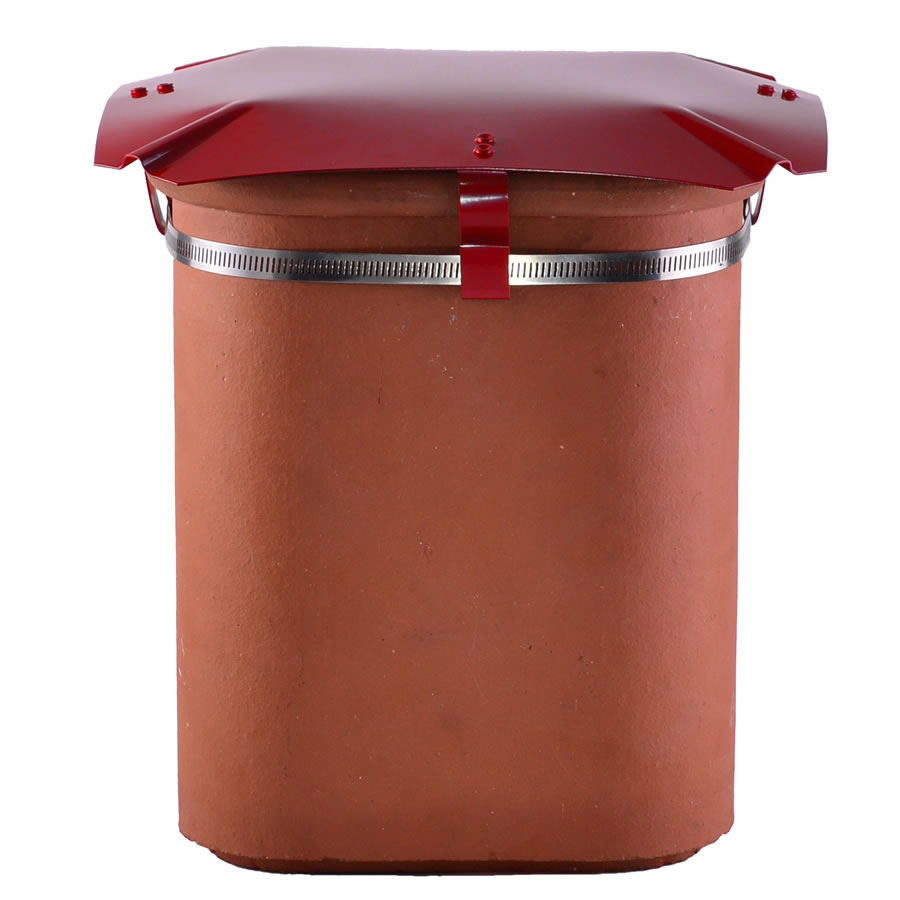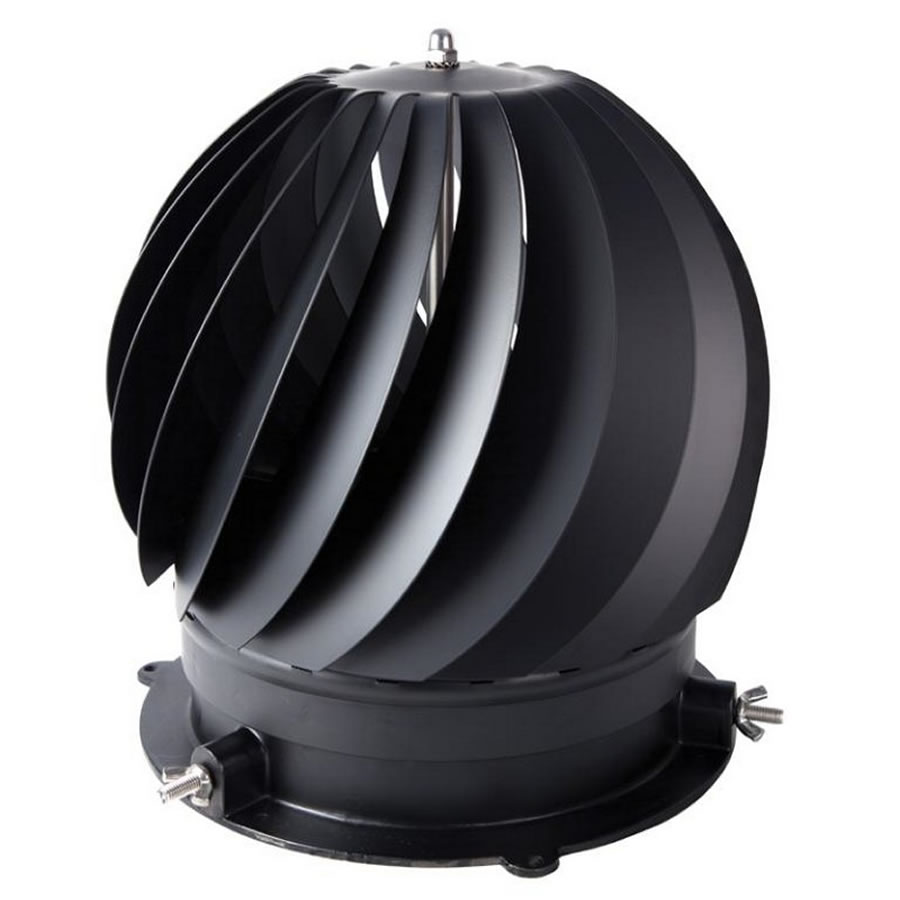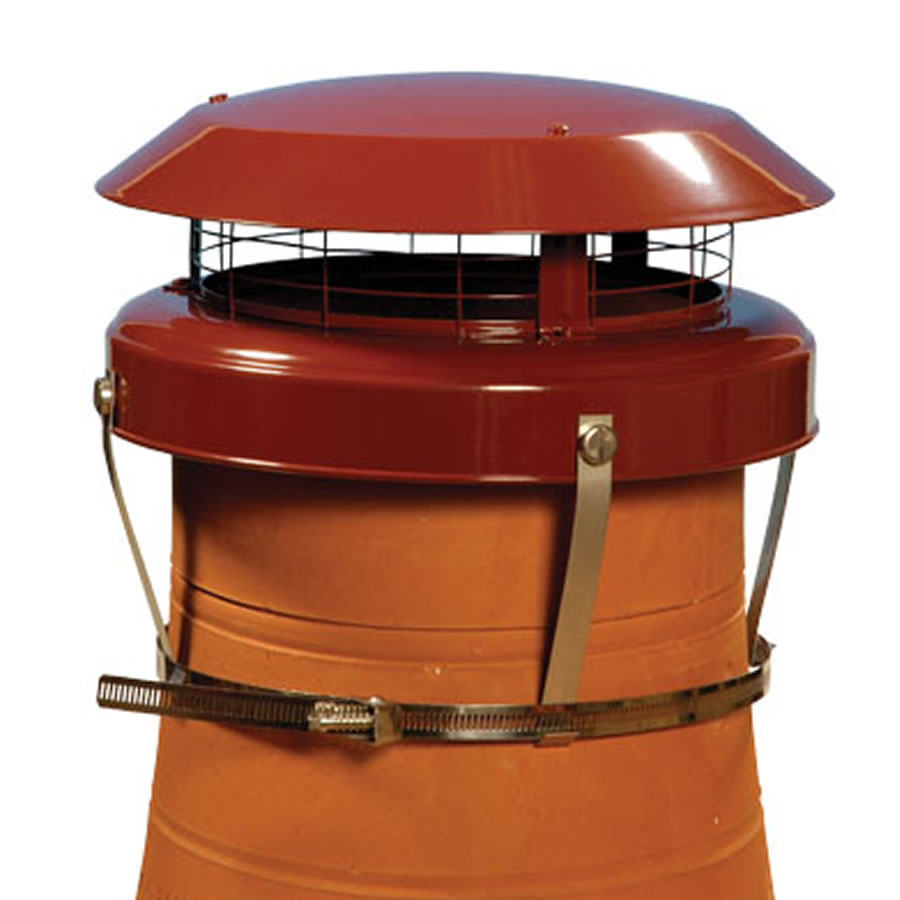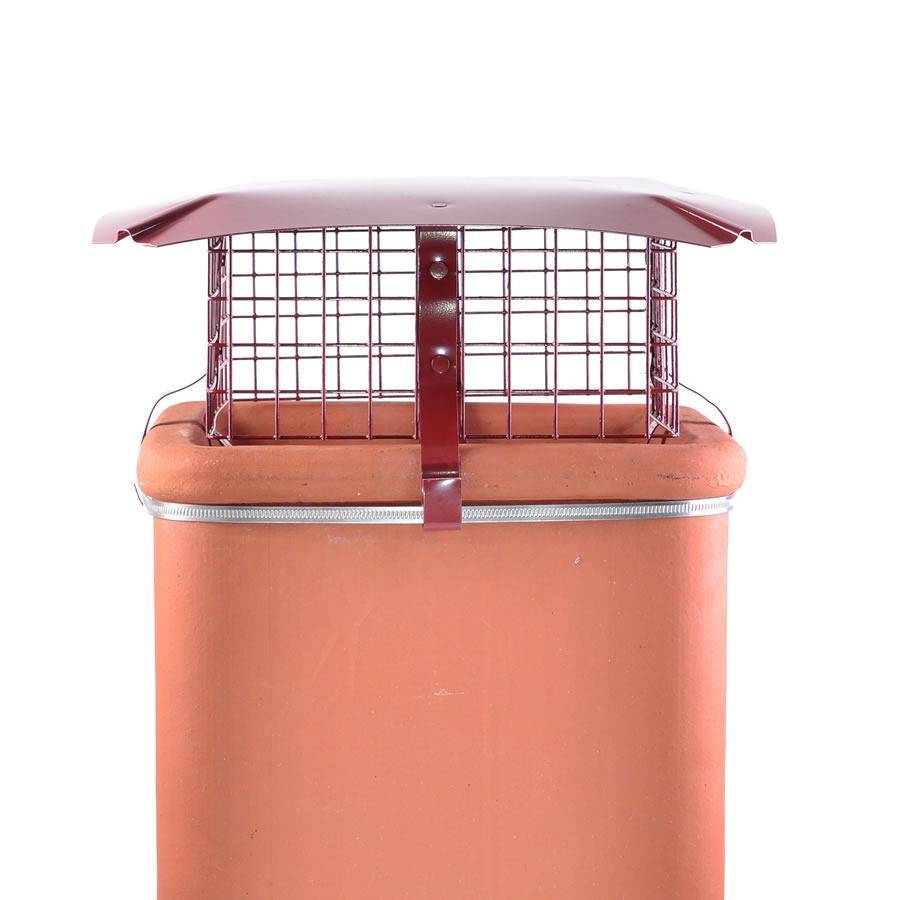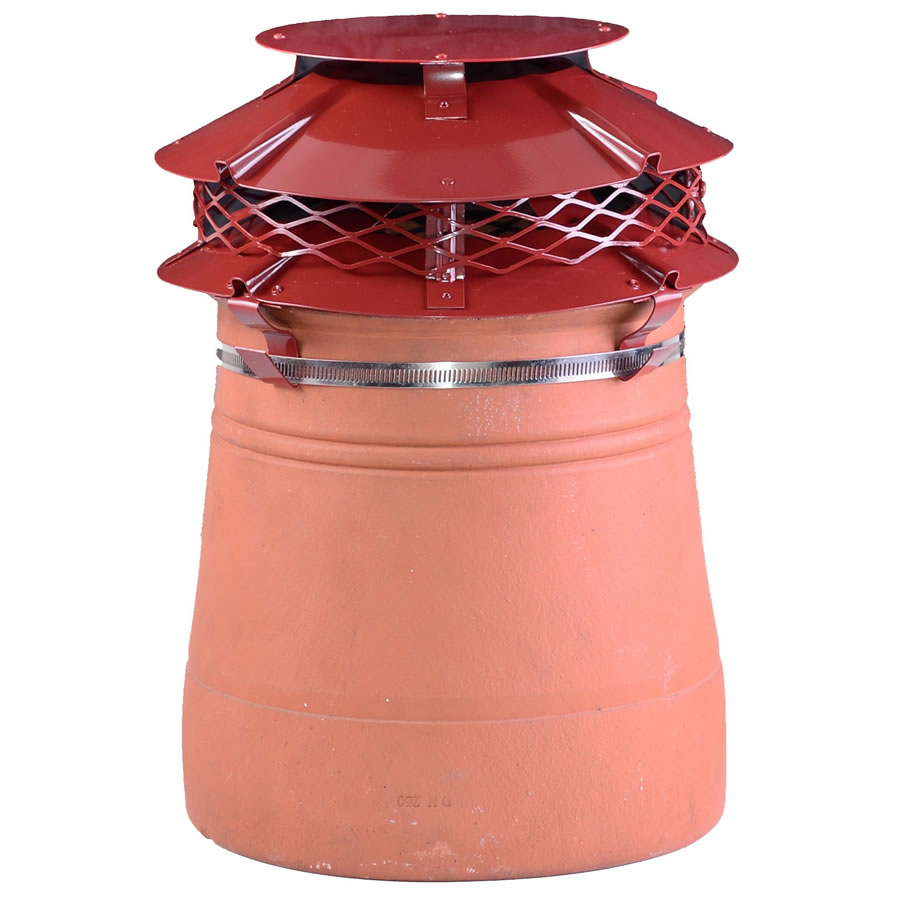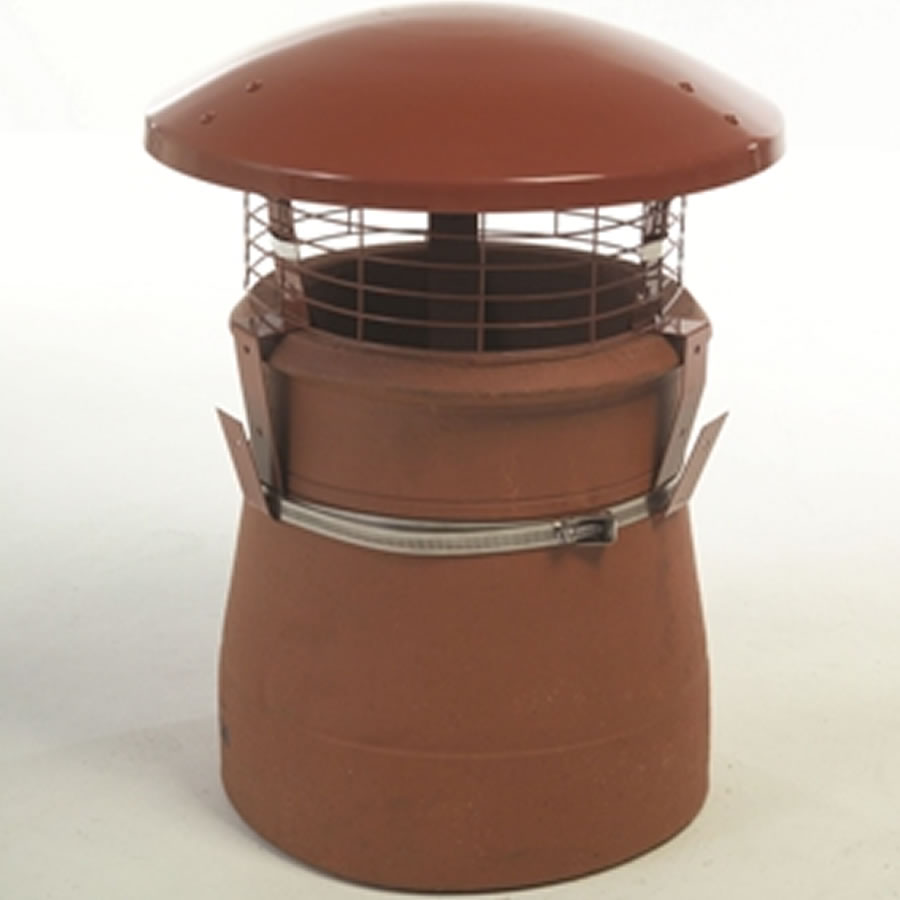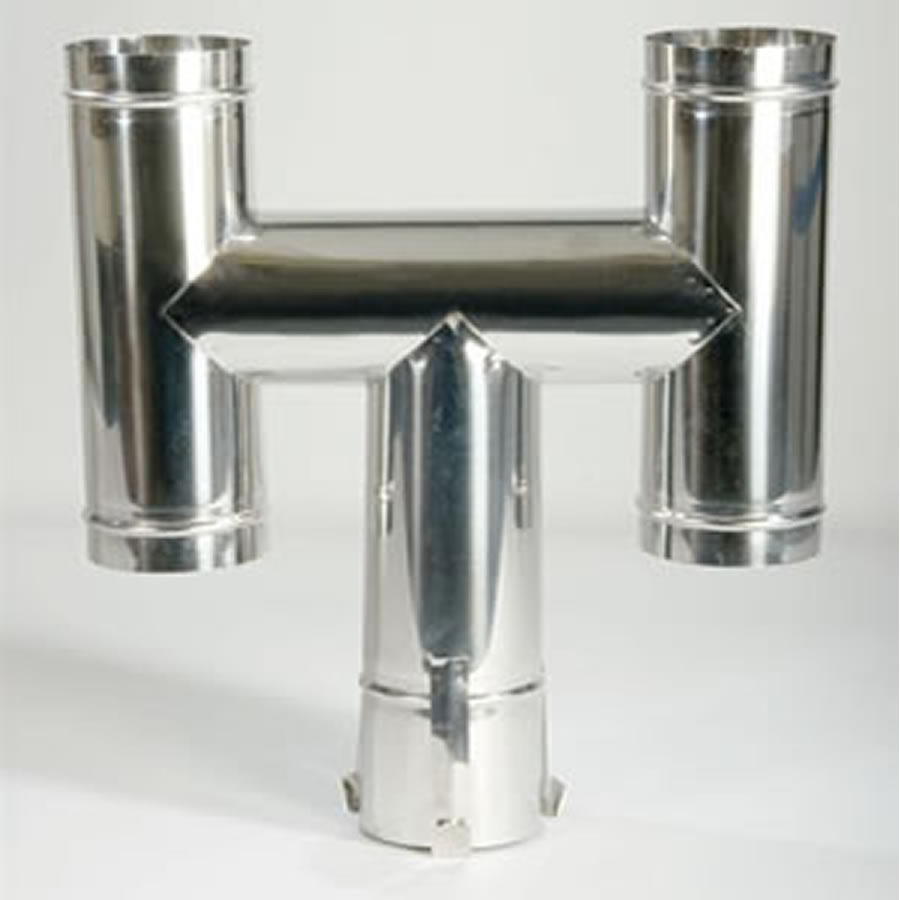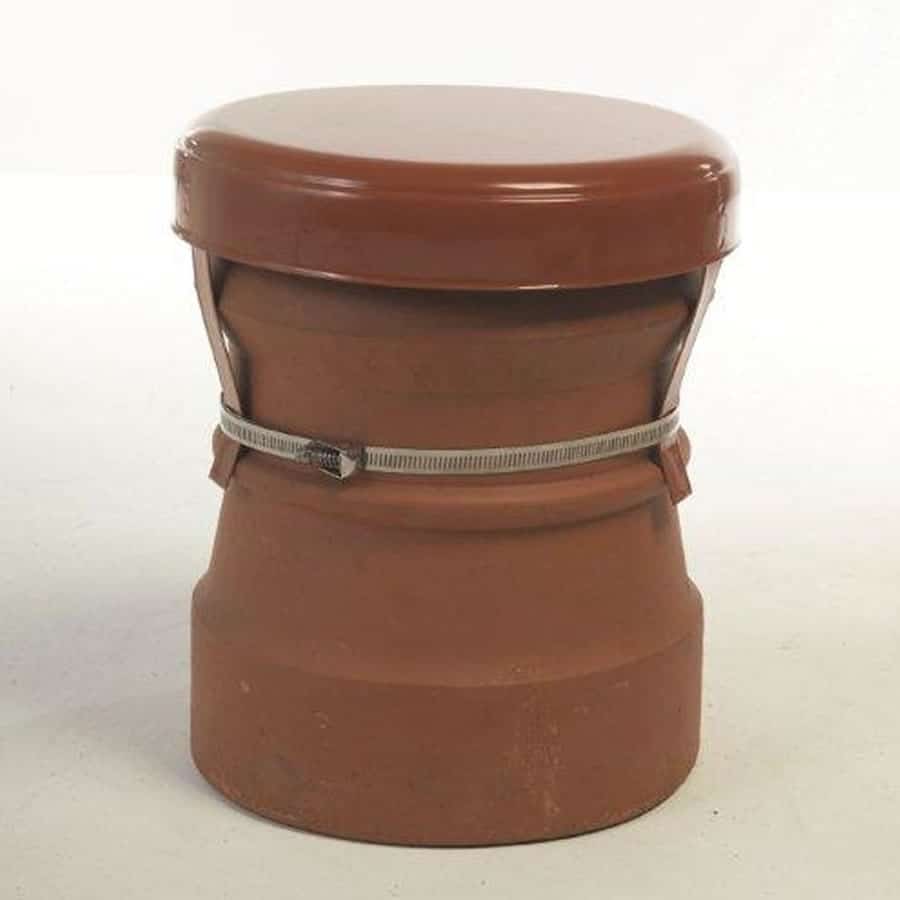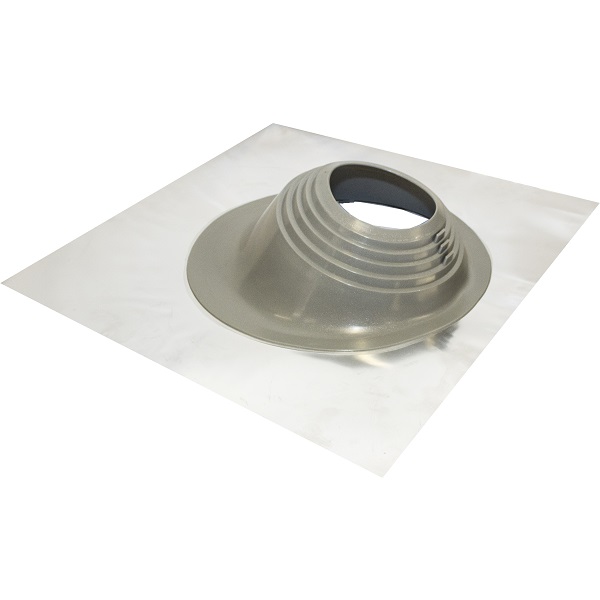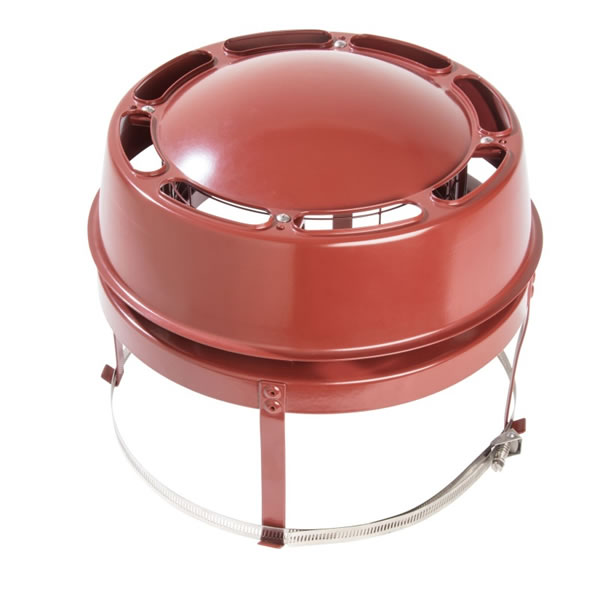Carbon Monoxide Alarm
Carbon Monoxide Alarms
CARBON MONOXIDE ALARMS-EFFECTIVE 1ST OCTOBER 2010.
Where a new or replacement fixed solid fuel appliance is installed in a dwelling, a carbon monoxide alarm should be provided in the room where the appliance is located.
Carbon monoxide alarms should comply with BS EN 50291:2001 and be powered by a battery designed to operate for the working life of the alarm. The alarm should incorporate a warning device to alert users when the working life of the alarm is due to pass. Mains powered BS EN 50291 Type A carbon monoxide alarms with fixed wiring (not plug-in types) may be used as alternative applications provided they are fitted with a sensor failure device.
The carbon monoxide alarm should be located in the same room as the appliance. a. on the ceiling at least 300mm from any wall or, if it is located on a wall, as high up as possible (above any doors or windows) but not within 150mm of the ceiling; and b. between 1m and 3m horizontally from the appliance.
Carbon Monoxide CO Alarm
Honeywell SF450EN Carbon Monoxide CO Alarm Features & Benefits:
• Officially certified & approved - Kite Marked
• Fully self contained unit with sealed batteries, & no need to change for entire 7 year life
• Quality performance - uses bench mark sensor technology to ensure accuracy & reliability
• Affordable - competative price, a small price to pay to stay safe.
• Easy to use - simple installation within 3 minutes & low maintenance
• Safe & Secure - special locking facility to ensure additional security
• Full Guarantee - up to 6 years (with life operation of 7)
Chimney Flue Maintenance
All flues should be checked for blockages caused by falling soot, bird nests or masonry debris - faults that will usually be revealed by sweeping. Sweeping should be carried out regularly - at least twice per year when wood or other solid fuels are being burnt, at least once each year if burning gas or oil. Acids or tars generated by wood or coal products are corrosive and can, in time, erode mortar or flaunching; any damage caused by this action can be found by survey as can other damage or holes which should be repaired promptly to prevent leakage of combustion gases into rooms or roof spaces. Air leakage into the flue will cool the gases, reducing updraught.
An efficient hearth must have a good air supply, a common cause of air starvation is excessive draught proofing or the use of double glazed replacement windows (the fitting of solid fuel or multifuel stoves should be carried out by a qualified fitter who will ensure that there is adequate ventilation). Additional venting may have to be fitted.
Use the proper fuel - for wood burning or multifuel equipment burn only seasoned hardwood - maximum 20% moisture content dried for at least one year.
When a cowl is fitted the fixings must be inspected periodically to ensure that the fasteners are tight, especially in areas subjected to high winds.


